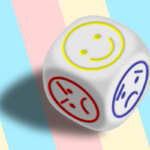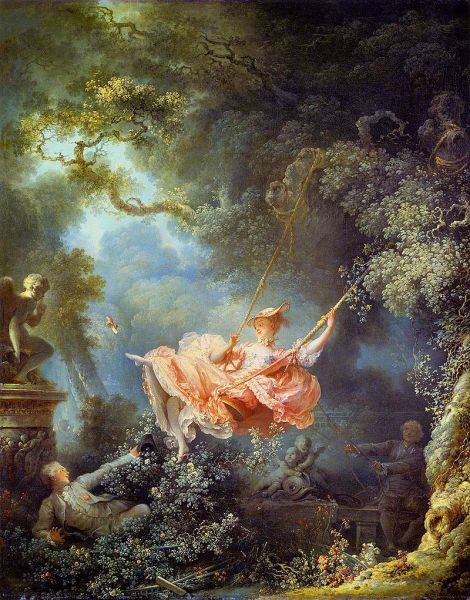
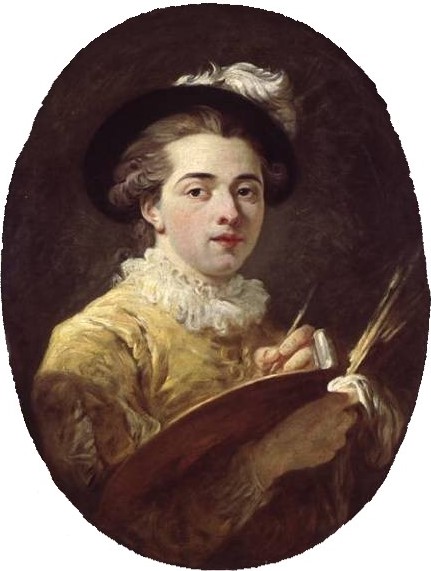
The word “Rococo” immediately conjures for me 18th-century France and highly ornate architecture. Gilded, flowery design. Cream walls, pastel blue ceilings, trompe-l’œil scenes. Elaborate costumes. Marie Antoinette and her cakes. It’s a style that I have been aware of but barely paid attention to.
Until recently, that is—when the painting The Swing (1767) by French Rococo master Jean-Honoré Fragonard (1732-1806) flashed before me multiple times on Instagram, and I was driven to search a bit more.
Rococo—with all its extravagance—it turns out, was a reaction against the more formal French classicism or Style Louis XIV. “The Swing”, which is a fitting representation of the movement, is believed to have disturbed the philosophers of the Enlightenment, who wanted art to be serious, dedicated to depicting reason and the nobility of man. When you look at the painting, the quality that is most perceptible is “frivolity”. It freezes a moment of frolic and carefreeness in a seemingly cultured and sophisticated garden setting. The figures, who look as though they belong to polite society of etiquette and ethics, appear to secretly indulge in what might be an impermissible act. The enduring appeal of the artwork lies precisely in this contrast.
An elegantly dressed woman is swinging happily, one shoe thrown in the air. A young man is in the bushes on the bottom left, looking up at her, one hand reaching out. An older man is behind on the right, pulling the rope, perhaps unaware of the young man. A cupid-like sculpture does a shhhh.
Alina Cohen of Artsy explains: “Baron Louis-Guillaume Baillet de Saint-Julien commissioned The Swing from Fragonard with salacious intentions. Saint-Julien wanted a picture of his mistress that also featured him looking up the lady’s skirt. Initially, the Baron tried to hire history painter Gabriel François Doyen to make the work. Given the sordid nature of the task, Doyen refused. Fragonard had no such qualms—and his career benefited from it. After all, austerity was hardly in vogue throughout Marie Antoinette’s France. With the success of The Swing, Fragonard was able to successfully transition from a history painter frustrated by royal bureaucracy to a favoured artist of the upper class—members of which, ostensibly, were more willing and able to pay on time.”
There are other paintings by Fragonard that are worth engaging with—a set, in fact, titled “The Progress of Love” (1771-73) that was commissioned by Madame du Barry, the mistress of King Louis XV, for her château. They were, strangely, rejected by her. They changed houses and owners and, in 1915, were purchased by American industrialist Henry Clay Frick for $750,000.
The four artworks are The Pursuit, The Meeting, The Lover Crowned and The Love Letters. They are definitely less famous than The Swing—because they are simply less mischievous and almost more moral. But they possess technical and thematic beauty of their own.
The flowers, the trees, the sky—everything is quite enchanting in these scenes. In the first artwork, we see a young man offering a woman a rose. Another female is present in the painting, a companion to the object of affection. Later, there is a tryst. Then, the crowning of the man by the woman with a wreath—signifying commitment. Lastly, the two are together in a bond, and look back fondly at their letters.
Romantic and sexual symbolism is hidden within the garden through the stages of courtship. For instance, in the opening image, the fountain might point at future consummation. In the tryst, the two characters meet below a statue of Venus, the goddess of love. The man’s red stands for passion, the woman’s white for purity. In the final image, they are seen before a personification of friendship, which implies their relationship has matured to a certain warmth and stability and ease.
The way in which the drama of the series unfolds, with depth and exuberance, is quite alien to our current age of superficial dating apps. What we hear of now is an abundance of options for a potential partner, rapid swiping and ghosting, disposability. Flippant, boring behaviours. Fragonard shows us a completely different and much more interesting world. A world of concentration in one person, effort in wooing. Better manners, higher standards, and therefore, more fun, more play.
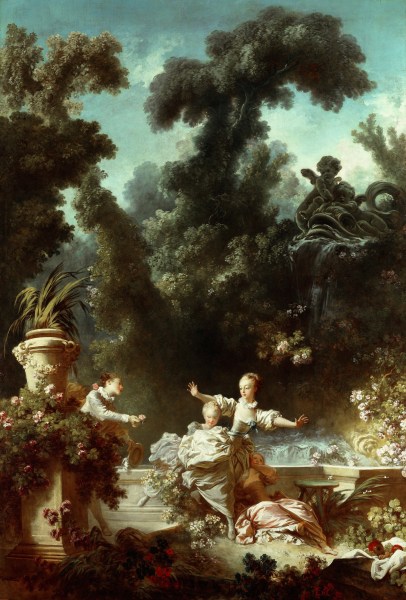
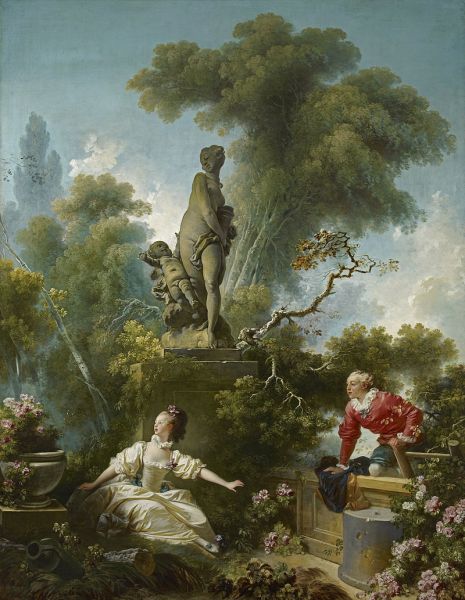
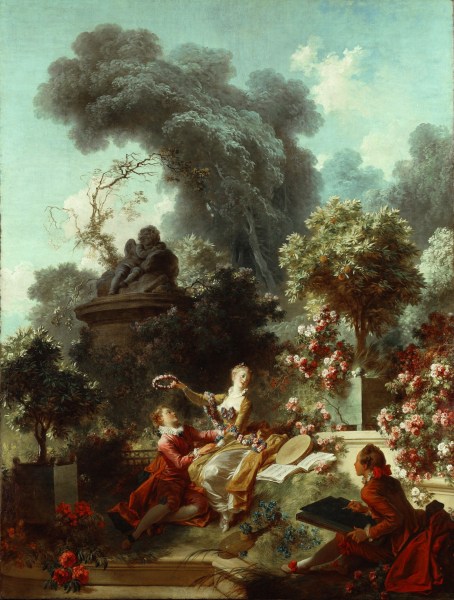
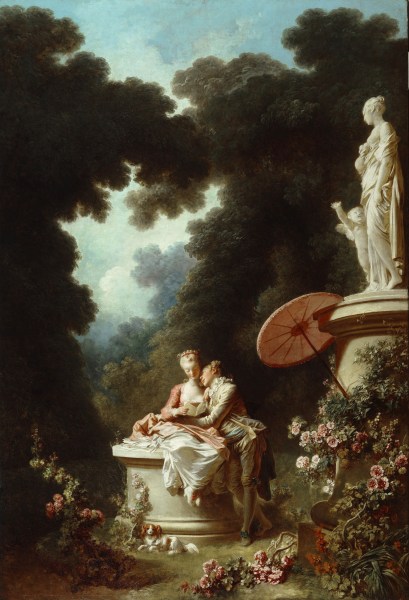
Written by Tulika Bahadur.

